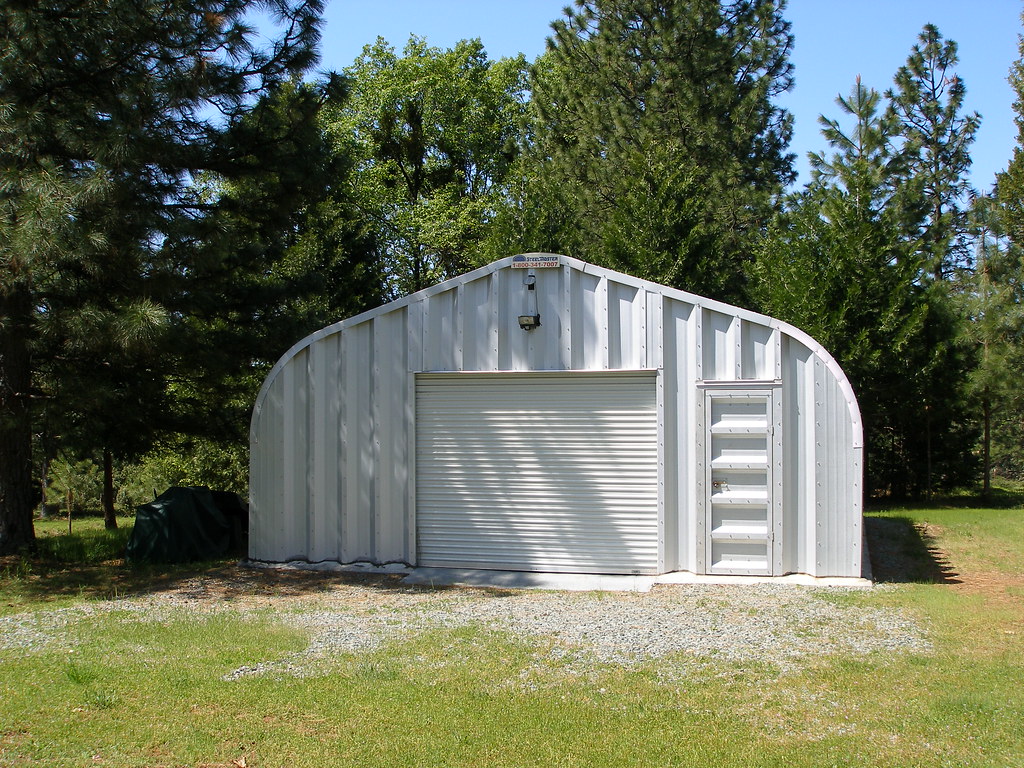Are you looking at constructing an Accessory Dwelling Unit (ADU) to optimize space in your home and make the most out of a small area? If so, one key question to consider is what type of construction you want for this ADU; should it be built from scratch with traditional construction methods or can prefabricated construction offer similar advantages without sacrificing quality? In this blog post, we’ll compare the pros and cons of ADU construction vs prefabricated construction. Read on to further explore the potential benefits of each option that may suit your needs best.
As a homeowner, you may be considering adding an additional dwelling to your property for a variety of reasons: create extra living space for your family, generate income through renting out the unit, or simply have somewhere to store extra belongings. Regardless of why you’re interested in building another structure on your land, one challenge you’ll face is deciding which type of construction — ADU (accessory Dwelling Unit) construction or prefabricated building — will be best suited to meet your specific needs. In this blog post, we’ll discuss both options so that you can weigh the pros and cons and make an informed decision about how to proceed with constructing an additional dwelling on your property.
 Overview of ADU Construction and Prefabricated Construction
Overview of ADU Construction and Prefabricated Construction
ADU Construction and Prefabricated Construction are two popular building methods used in the construction industry today. ADU Construction, also known as Accessory Dwelling Unit Construction, is a sustainable and cost-effective way of building small, self-contained homes that can be used as additional living space, guesthouses, or even rental properties. On the other hand, Prefabricated Construction involves the construction of pre-built modules in a factory setting before they are transported to the construction site for assembly. This innovative construction method is cost-effective, and efficient and produces high-quality buildings in a shorter amount of time. These building methods have proven to be popular among homeowners and contractors and are slowly changing the way buildings are constructed.
Costs, Benefits, and Drawbacks of Both Types of Construction
When it comes to construction, there are two main types: traditional construction and modular construction. Each has its own set of costs, benefits, and drawbacks. Traditional construction can be customized to a greater extent and allows for more creative design options. However, it is often more expensive and time-consuming. On the other hand, modular construction is quicker and more cost-effective, but may not allow for as much flexibility in design. Additionally, transportation costs can be high due to the need to move and assemble large modules. Ultimately, the decision between the two types of construction will depend on the project’s specific needs and budget constraints. It is important to consider all factors before making a choice.
Factors to Consider when Choosing Between Prefabricated or ADU Construction
When it comes to choosing between prefabricated or ADU (accessory dwelling unit) construction, there are several factors that should be taken into consideration. One important factor is cost, as prefabricated homes are often less expensive than traditional on-site construction. Another factor is time, as prefabricated homes can be constructed much more quickly than their counterparts. Additionally, flexibility and customization options should be considered, as prefabricated homes may have more limitations in design and layout. Ultimately, it is important to carefully weigh these factors and do thorough research before making a decision on which type of construction is best for your specific needs and goals.
Maintenance Requirements for ADU and Prefabricated Constructions
When it comes to the world of property development and construction, ADU and prefabricated constructions are becoming increasingly popular. However, it’s important to keep in mind the maintenance requirements that come with these types of buildings. Because they are often made with lightweight materials, it’s important to ensure that regular upkeep and inspections are carried out, particularly in areas prone to harsh weather or environmental conditions. Overall, by properly maintaining your ADU or prefabricated construction, you can help to ensure its longevity and keep it in great condition for years to come.
In conclusion, ADU and prefabricated constructions both offer great and unique benefits and drawbacks. The best idea is to properly assess the needs of your project, budget, and lifestyle when selecting which type of construction suits your needs. Maintenance and care are also important to consider when selecting the right choice. With decades of experience in home remodeling, Winthorpe Design and Build is a trusted partner offering comprehensive solutions tailored to our clients. We can manage all aspects of home improvement projects taking all your needs into account, making us an ideal option for any type of new construction or remodel project. Call Winthorpe Design and Build today for a free consultation and let us help you complete your next dream home project!





